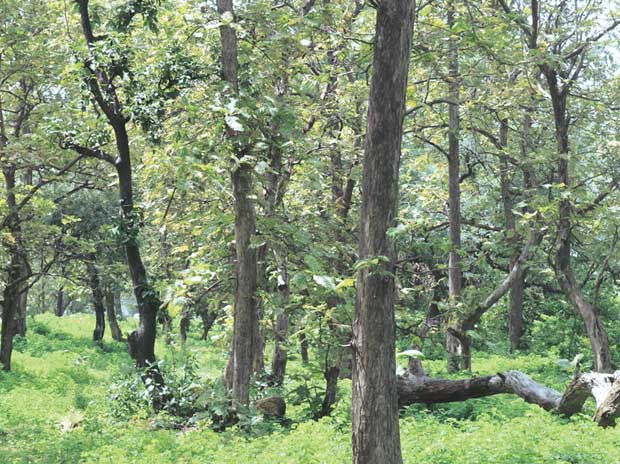
Tom Crowder spent much of his two-year career in the NFL running away from men who weighed upwards of 300 pounds. These days? He worries about bears and snakes. As a senior vice president at Bank of America Corp., Crowder spends most days in the woods, from the evergreen forests of New England to the wetlands of the Carolinas, scouting US timberland assets for people with a net worth of at least $100 million and a minimum of $10 million to invest.
“Trees don’t move as fast as Pro Bowl linebackers,” Crowder says on a recent field trip to a client’s timber farm in South Carolina overlooking the alligator-populated Waccamaw River. As turtles sun themselves and wild turkeys roam, he recounts over a picnic lunch the “neat experience” of his stint as a wide receiver and safety for the Dallas Cowboys. After a busted jaw and emergency surgery, he was happy to go back to his roots, as a third-generation forester.
Crowder is among more than 200 experts employed by Bank of America’s Specialty Asset Management (SAM) group, which manages more than 94,000 assets with a value of $13.6 billion for individuals and institutions. The target client is looking for timberland, farms, ranches, energy interests, or real estate, so-called alternative investments that can diversify portfolios mostly made up of stocks and bonds and can provide a hedge against inflation.Returns for timberland totaled 3.2 per cent in 2018, compared with 2.4 per cent so far this year, according to an index from the National Council of Real Estate Investment Fiduciaries.
John Kelley, a SAM national executive, says “long-term themes” sell. The decline in arable land and rising global food demand, for example, are reasons to invest in farmland. “People have to eat, and what we believe about the intrinsic nature of these assets is that they have real value and they will persist over time,” he says.
No comments:
Post a Comment